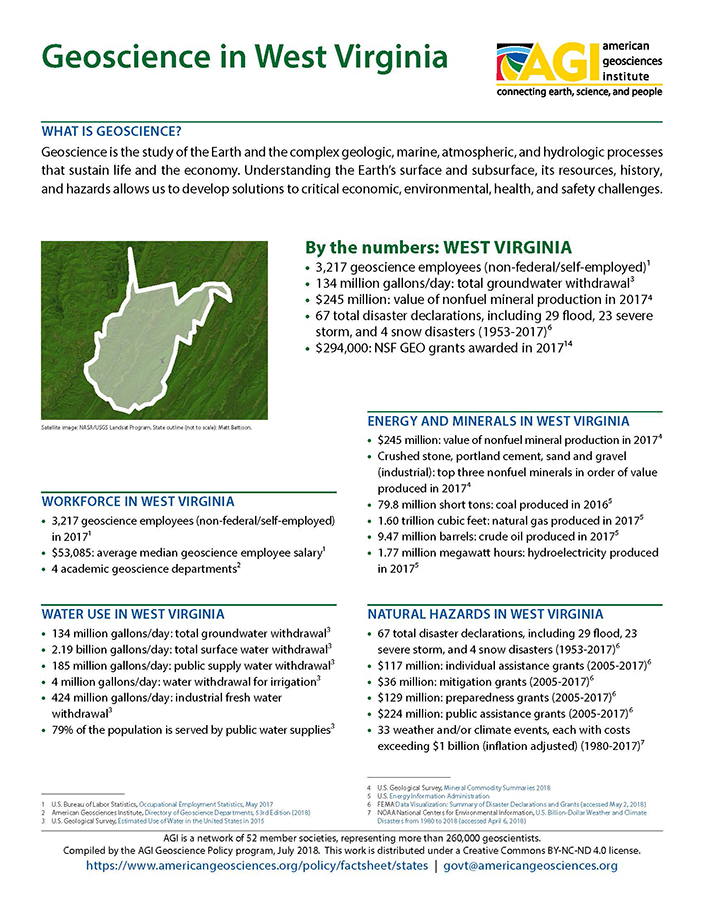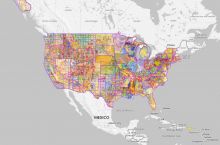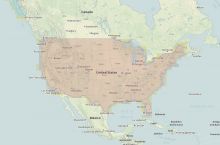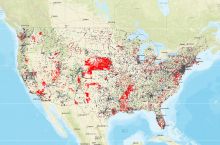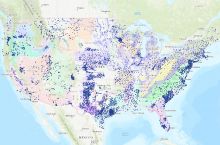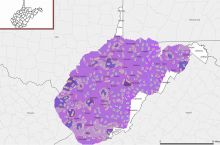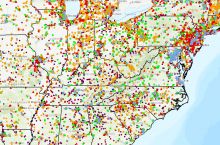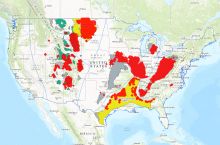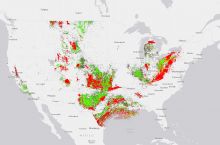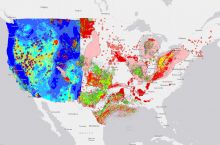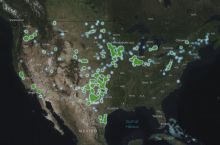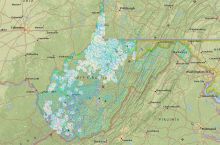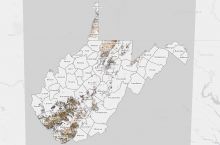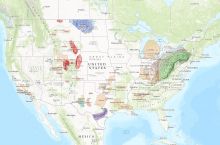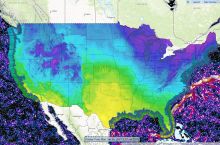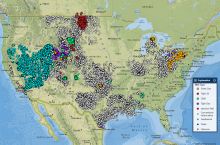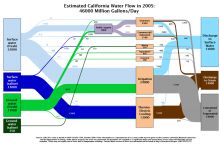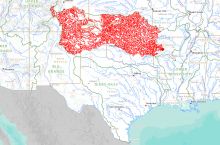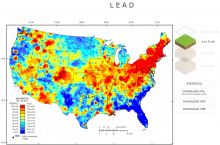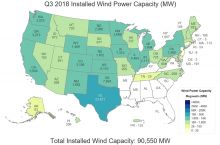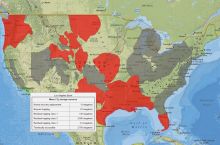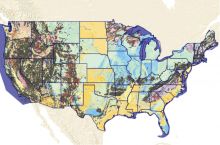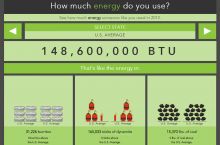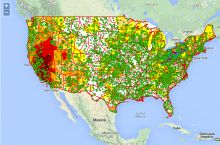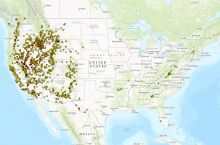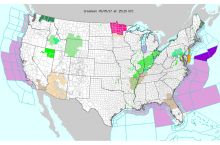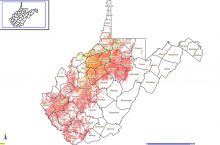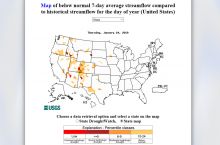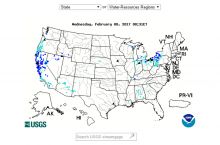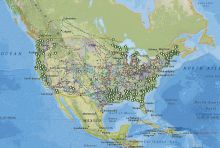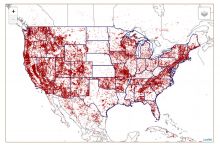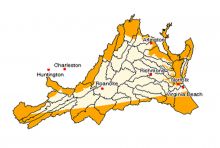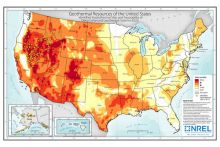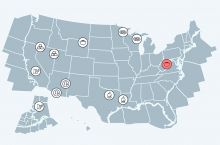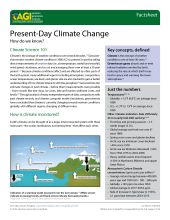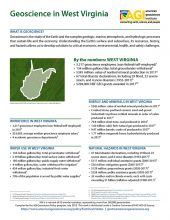By the numbers: West Virginia
- 3,217 geoscience employees (excludes self-employed)1
- 134 million gallons/day: total groundwater withdrawal3
- $245 million: value of nonfuel mineral production in 20174
- 67 total disaster declarations, including 29 flood, 23 severe storm, and 4 snow disasters (1953-2017)6
- $294,000: NSF GEO grants awarded in 201714...
Agencies Working on Geoscience Issues in west virginia
The West Virginia Department of Environmental Protection (WVDEP) is a statewide operation, headquartered in Charleston. Operations are accomplished on a district or regional level, based upon the program, thus requiring a workforce throughout West Virginia. The WVDEP is involved in activites related to air quality, environmental quality and remediation, emergency response to hazards, land restoration, mining operations and reclamation, and regulation of the oil and gas industry.
The mission of the West Virginia Division of Homeland Security and Emergency Management (DHSEM) is to ensure the protection of life and property by providing coordination, guidance, support and assistance to local emergency managers and first responders.
The WVGES was established with the purposes to, in general, (1) investigate the State's geological and physical resources, (2) make the results of these investigations promptly available to the public, and (3) provide topographic, geologic, and other maps of the State.

